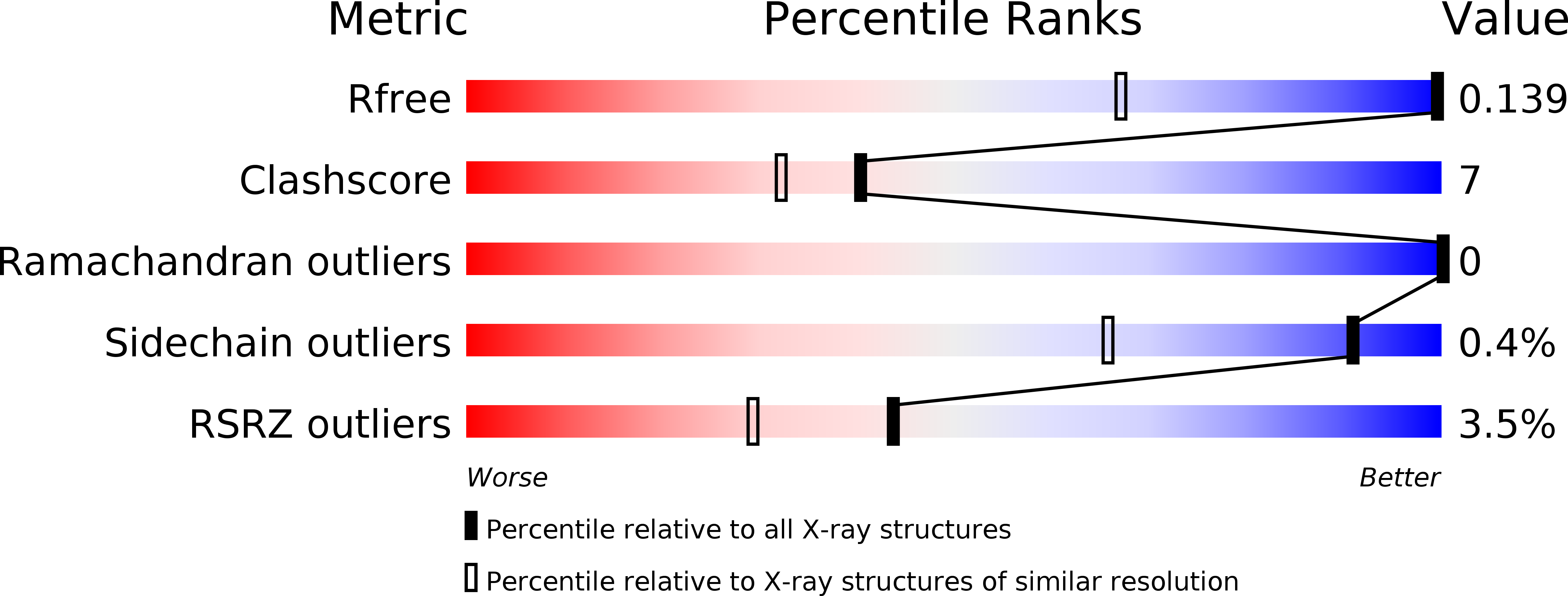
Deposition Date
2012-10-20
Release Date
2013-01-23
Last Version Date
2023-09-20
Entry Detail
PDB ID:
4HNO
Keywords:
Title:
High resolution crystal structure of DNA Apurinic/apyrimidinic (AP) endonuclease IV Nfo from Thermatoga maritima
Biological Source:
Source Organism:
Thermotoga maritima (Taxon ID: 243274)
Host Organism:
Method Details:
Experimental Method:
Resolution:
0.92 Å
R-Value Free:
0.13
R-Value Work:
0.12
R-Value Observed:
0.12
Space Group:
P 61


